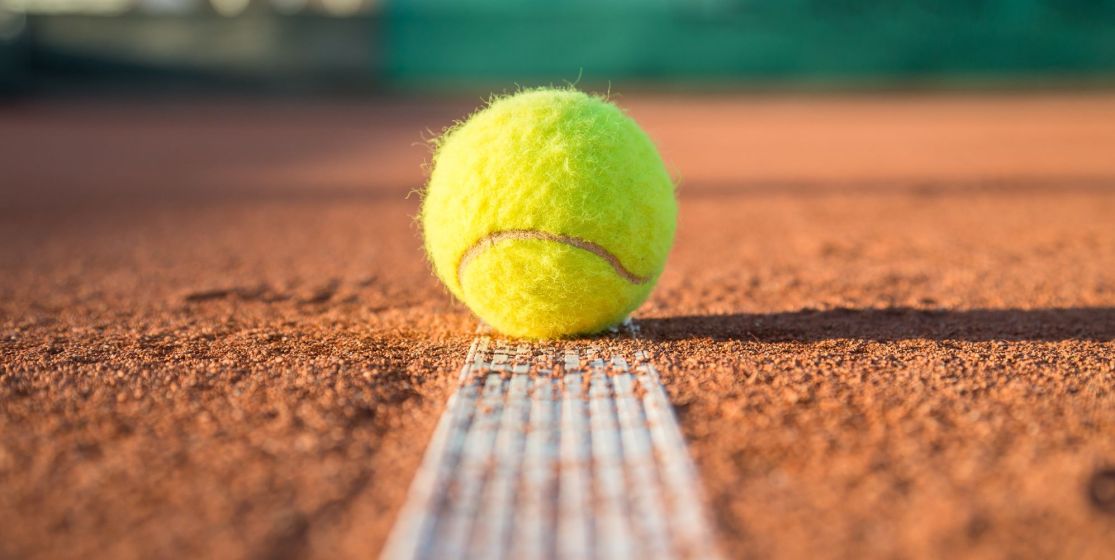Towards the end of the 70’s and into the early 80’s, Borg, McEnroe and Connors are monopolising, a few exceptions apart, all of the finals at Roland Garros, Flushing Meadows and Wimbledon. The most famous exception to this hegemony? The year 1983. On the London grass, a New Zealander, Chris Lewis, managed to make it to the final. Rewind.
On the day of his death, his obituary will recall that the New Zealander Chris Lewis was a finalist at Wimbledon in 1983. For, before and after the highlight of his career, the Kiwi with the mannerisms of a rugby winger never passed the third round of a Grand Slam. Ranked nineteenth in the world at his best, ten months after his exploits at SW19, he never really kicked on. Even if, in addition, he led New Zealand in the semis of the BNP Paribas Davis Cup in 1982 against Yannick Noah's France (going down 2-3 in Aix-en-Provence, Editor's note), and also reaching the semis of the Queen’s Club tournament and of the prestigious Cincinnati tournament two years previous. His performance in London remains one the biggest surprises at the English tournament, as usually these oddities are reserved for the clay of Roland Garros. 1983 is the exception that proves the rule.
A nap in the shower
Ranked ninety-first in the world at the time, Lewis became the second Kiwi - after Anthony Wilding, winner of four titles at Wimbledon between 1910 and 1914 and seven finals overall - in history to reach that stage. Led by Tony Roche, Chris, 26 years at the time, took Steve Denton out in five sets in the first round despite thirteen double faults, and Mike Bauer 6-4, 3-6, 7-5, 6-7, 6 -4 in the third round. Lewis got nervous when he had to face Nduka Odizor in the second round. "After a sleepless night, I managed to sleep for an hour in the changing room and then another thirty minutes in a corner of the shower." In the semi-finals, he came back from hell in the fifth set against the big-serving South African Kevin Curren, a regular visitor to Wimbledon’s later stages. Led (0-3), he finally pulled out the win (8-6). In the final, however, he just didn’t turn up: he won two matches in each set, swept aside by an inspired John McEnroe. No hard feelings: "To lose heavily against McEnroe in the final did not diminish my enthusiasm. Playing a final on the Centre Court will always remain the experience that I cherish the most in my entire sporting life."
Ok for the nap, but how do you explain this performance of a lifetime? Perhaps thanks to the equipment. Lewis was the first man to reach a Grand Slam final using an oversized racket, a Prince Graphite Original. Pam Shriver had done so before in the ladies' singles. In the same vein, he was also the first tennis player to wear shoes specially adapted to lawn tennis. A pioneer this Chris, wasn’t he? Last, his father, an occasional player, raised him in the Lower Hutt suburb of Auckland in the worship of Wim': "I grew up as a kid in NZ listening to the last rounds of Wimbledon on the radio and imagining in my head the All England Club. My fascination with the place was such that the first time I came to England in 1974, I went straight from the airport to see what it really looked like."
Lewis’ aerophobia
A year later, Chris Lewis won the junior title on the London grass before reaching the final of the U.S. Open. At that time, and for five years, he would attend the Harry Hopman academy, the Australian champions’ factory. In 1978 he won his first tournament in Kitzbühel, beating Guillermo Vilas, but injured his shoulder in the process. He would need to wait eighteen months to make his comeback. A pioneer of the hard-core physical training, he even started karate in order to improve his speed. By dint of strenuous training and ceaseless hard work, he reached the top 20 after his exploits in London, but never actually capitalized in the hopes placed in him. We all know how it goes…
Amongst the reasons, his aerophobia - or fear of flying – a big problem in the ordinary life of a tennis player. Three times his plane had been forced to emergency landing due to technical problems. Since then, he travelled by car, arranging his schedule accordingly, limiting air travel to the times when he could not do otherwise. Once retired, he started coaching Ivan Lendl, then Carl-Uwe Steeb. Today, exiled in California, he manages a website offering tennis expertise, a line of tennis equipment and coaches at... the Woodbridge Tennis Club. We never change, do we?
By Rico Rizzitelli






